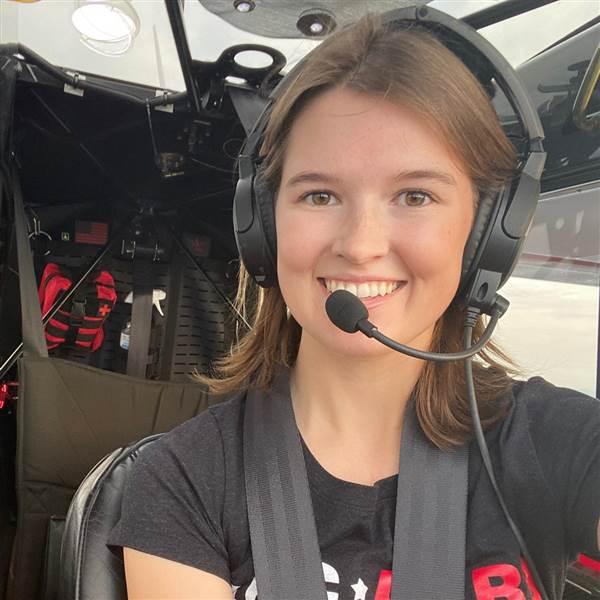Become a fire pilot
How to build an aerial firefighting career

“I don’t have any memories where I wasn’t a part of the tanker business,” said Conner. “When I was 15, I went to work as [dad’s] co-pilot,” in a B–17.
Fast forward to present day, and Conner is flying a McDonnell Douglas MD–87 on a 160-day contract for an Oregon-based operator. “On the day your contract starts you go pick up your airplane and you head out to any place in the lower 48 or Alaska,” said Conner. “I tell people if you don’t mind being away from your family…and can theoretically handle being in a different motel every night, this is the life for you.”
From sitting in hotel rooms for days on end to action-packed 14-hour duty days of fighting large fires, Conner says, “There is no normal day for a fire pilot. You might sit for days and days and days and do nothing and then all heck breaks loose and you’re flying all day every day.”
Although the U.S. Forest Service only requires 800 hours of pilot-in-command time and a commercial, multiengine, and instrument rating for flying as co-pilot on a tanker, Conner stresses the importance of building quality flight time while working on those minimum requirements. “When I say quality, I mean not…cruising on autopilot to some place…not flight instructing. It’s a good way to build time but it won’t build your flight experience if you’re just teaching,” said Conner. “Don’t jump to the airlines to build time because it’s an entirely different kind of flying. If you want to do it, get out there to the tanker base…people will steer you in the right direction.”
Conner admits he is partial to tailwheel pilots with a crop-dusting background but crop-dusting and tailwheel experience is not required. “Nowadays we’re flying IFR and flying jets so it’s good [to have] single-engine IFR [time]….If you can get good, low-level [time] and an IFR background, that’s a really good combination.”
Although the base salary for fire pilots is comparable to the salary of airline pilots, fire pilots can make much more with daily pay. In addition to $40,000 to $45,000 annual salaries for entry-level fire pilots, hundreds of dollars in daily pay are also awarded each day spent in the cockpit. The opportunity is there to make upwards of $200,000 a year.




